Getting around in winter was very different in P.E.I.'s Bygone Days
A hundred years ago, everyone travelled by horse and sleigh on P.E.I. when the snow fell, and autumn's mud season was over.
The rivers and bays became the Island's highways, and sleighs would follow what everyone called the "bushed trail" — spruce trees, or sometimes old Christmas trees, were stuck in the ice and snow to mark the path to follow.
Roy Clow was born on a farm in 1917 in Murray Harbour North with the help of midwife Lizzie White, who delivered all the babies in the area at that time.
He said the local physician, Dr. Lester Brehaut, was "a fine man" and would go out in any kind of weather in his sleigh, which was driven for him by Albert Johnson. Dr. Brehaut would never refuse to treat anyone because they couldn't pay him — in fact he would often leave $5 or $10 on the table when he left a poor household, Clow said.
"Every time he came to our place, going to Gaspereaux or somewhere, he'd call in to our place and put the horse in and give him a feed, and sometimes take our horse down and back," Clow recalled.
If they knew the doctor was on his way and snow was heavy, Clow and a couple of other local men would go out and "break the road," creating a track with their horses to try to make it passable.
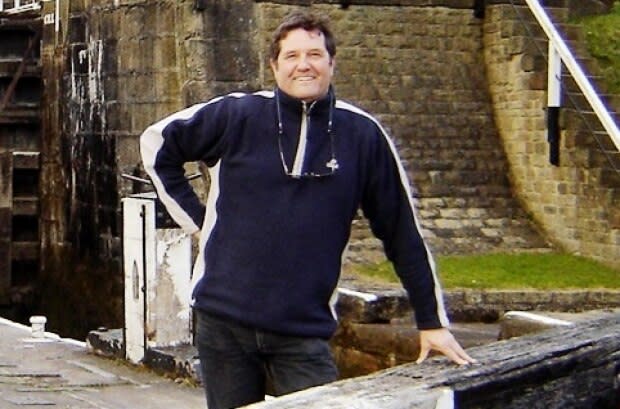
"He always had a teddy or two of moonshine, he loved a drink of moonshine," Clow said of Dr. Brehaut. "In the wintertime he said that's what kept his feet warm — a good drink of moonshine, hot water and sugar before they started out. Many's the drink he had at our place."
A few decades later, horse and sleigh wasn't the only means of transportation in winter. According to 1963's The Story of Montague by William D. Johnston, Dr. George Inman of Tatamagouche, N.S., began practising in Montague in 1946.

Clow said everyone in the area knew when Dr. Inman was making his rounds in winter.
"He'd go out in all kinds of weather. He had an old snowmobile in the winter he bought from somebody made out of a Model T Ford, and they put tracks on it like a bulldozer. It was an awful crude-looking thing, it wasn't very much good," Clow said. "But when he couldn't go with his car he'd try to make it with that thing, go over fences and everything."
Off to the races
Louis Cantelo was born on the family farm in 1911, and was 98 years old when Dutch interviewed him. Cantelo was from Seven Mile Road, not far from the Grand River.

"It used to be called the Grand River Road, but there was two Grand Rivers, you see, and they used to get them mixed [up] so they named it Boughton River and named the road Seven Mile Road," Cantelo said.
"I used to skate on it and I also promoted horse races on it in the 1940s," he said. "Sometimes we'd have two in a week."
The horses would have to be well shod to race on the ice, he said. There were three classes — the speediest horses were in a Class A race, the slowest in Class C. There was a little prize money, he said, and crowds would gather to watch.

"I don't think there was any betting — sometimes there was a little bit of fighting," he said. "They'd just probably get a little bit too much liquor in them."
As an aside, Seven Mile Road got its name because it ran for seven miles without a turn, Cantelo said. The road was later extended further east to Dingwells Mills, which created some confusion.
"One fella broke down one day and he went to the phone and he called up and he says 'I'm 10 miles out the Seven Mile Road!'" Cantelo said with a laugh.
$3 to 'bush' the trail
Elizabeth MacEwen was born in 1909 in New Dominion on her family's farm on the banks of the West River.
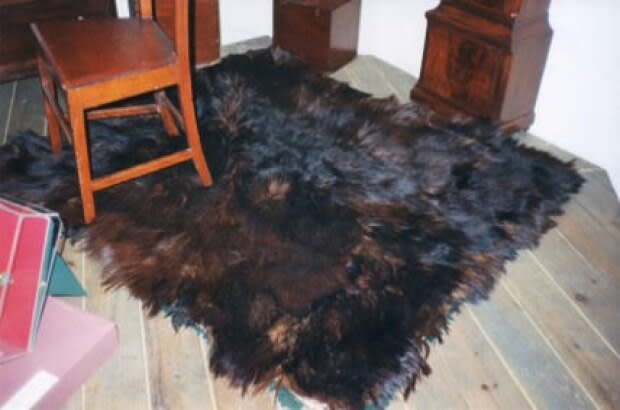
A couple of times every winter, her parents would hitch up the horse and sleigh and head down the frozen river to Charlottetown following the trail — her father was paid $3 to "bush" the trail in winter, she said.
"I remember the cheque coming in — a $3 cheque!" she said with a laugh. "Many's the time they'd call here and wonder if the ice was safe."
Their house was right along the river, which back then would be like living on a main road.
"Droves of horses in the evening coming up from town, we stood out and listened to sleigh bells going by," she said. "The MacPhails always had beautiful horses, they lived down there, and they had always robes on the sleigh. We always knew the MacPhail sleighs going by, right back of the house here."
She remembered everyone's sleigh bells sounded slightly different — maybe it was the way the horses trotted.
Earl Keefe from Middleton said that they used to stick tissue paper into the bells to stop them tinkling at funerals. Eventually the snow and rain would "melt" the tissue paper and the bells would ring again.
'Cut Street' in Charlottetown
The MacEwens had a menagerie of animals: horses, cattle, and sheep. Her five brothers John, David, George, Gordon and Walter trained a dog to haul a sled, which at the time was perhaps not that unusual — but they also tried to train one of the family's shorthorn cows to pull a sleigh. They also built ice boats, and they'd sail along the ice speeding for town going 50 km/h.
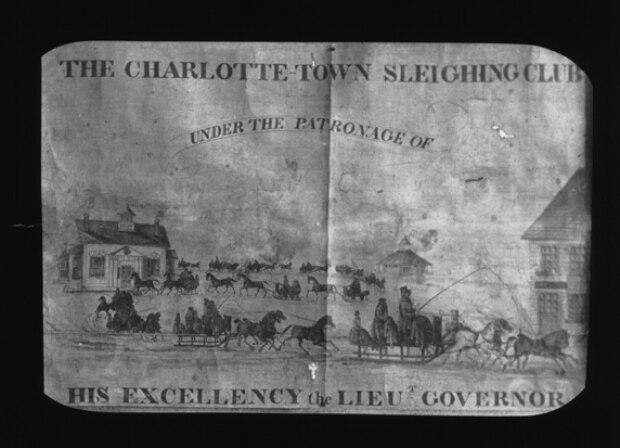
MacEwen said her mother handled a horse in harness as well as any man.
"She didn't mind going to town with the horse," she said.
She called the west end of Richmond Street, down by the harbour, Cut Street. That's where the sleighs came to shore off the ice from Rocky Point and down the West River. She herself used to skate into Charlottetown following the bushed path, she said.
'Beautiful-looking people'
Nearly everyone had a horse or two in those days: heavy shire horses for plowing fields, and hauling lumber and firewood, and a smaller "blood" or driving horse for hooking up to the sleigh to go to church or town. However, often one horse did double duty.
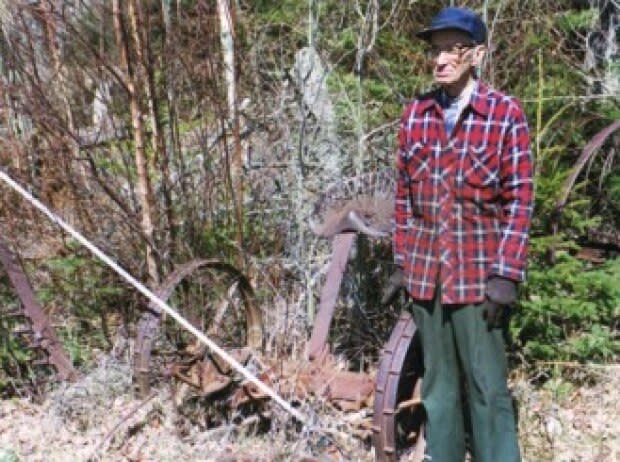
John MacEachern and Ginger MacKay chummed around together in Canavoy near Mount Stewart in their youth. They said there wasn't money for two horses, so after a long day working on the farm, the same horse was hitched up to the sleigh to go courting in the evening.
"I often wish if I had time over again, I'd look after them better," MacKay said, recalling his favourite horse, King.
"We'd drive every night 10 miles with four in the driving sleigh, and them horses [would] just be belting through the snow. And every night we'd be going somewheres."
MacKay teased MacEachern about how stylish he was in those days.
"He drove the best horses, and he drove the best sleighs, beautiful. Everybody [would] be jealous of him. And he courted the best-looking girl that could be found for miles. And he's still married to her.… They were beautiful-looking people," MacKay said.
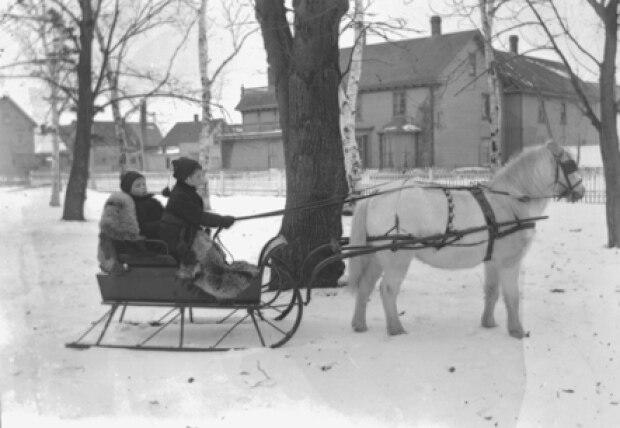
MacKay was in a band and he said they'd have "a lot of scares" travelling to and from gigs, even after they began driving cars instead of horses.
"We used to travel all over the ice in the winter by car, and there was always spring-holes in the ice you had to watch for," he said.
Spring-holes were areas where there was a spring, and ice didn't freeze as thick. Those who bushed the track knew about the springs and placed the bushes accordingly, but on stormy nights you couldn't see the bushes, MacKay said.
More P.E.I. news


